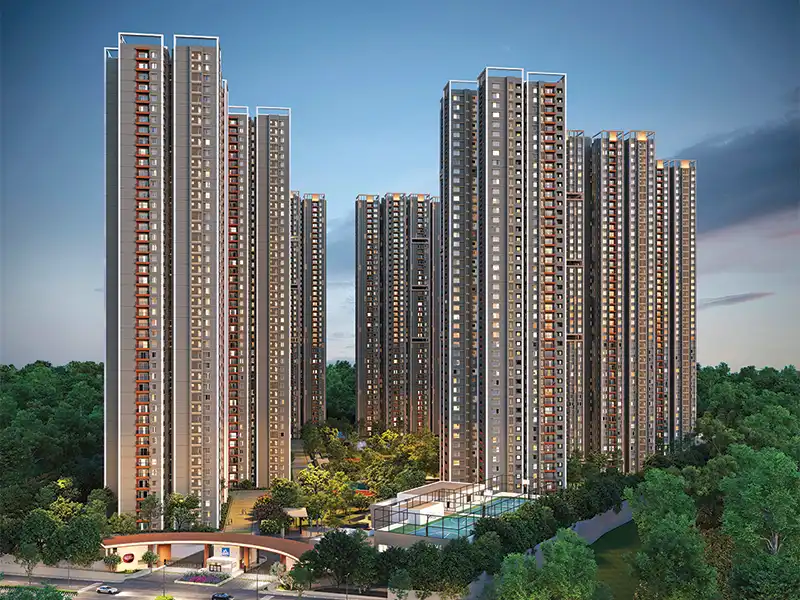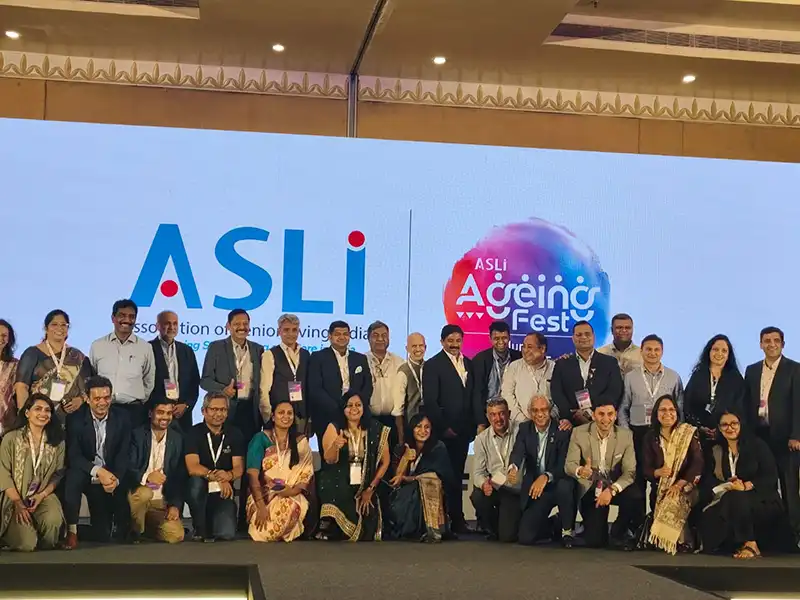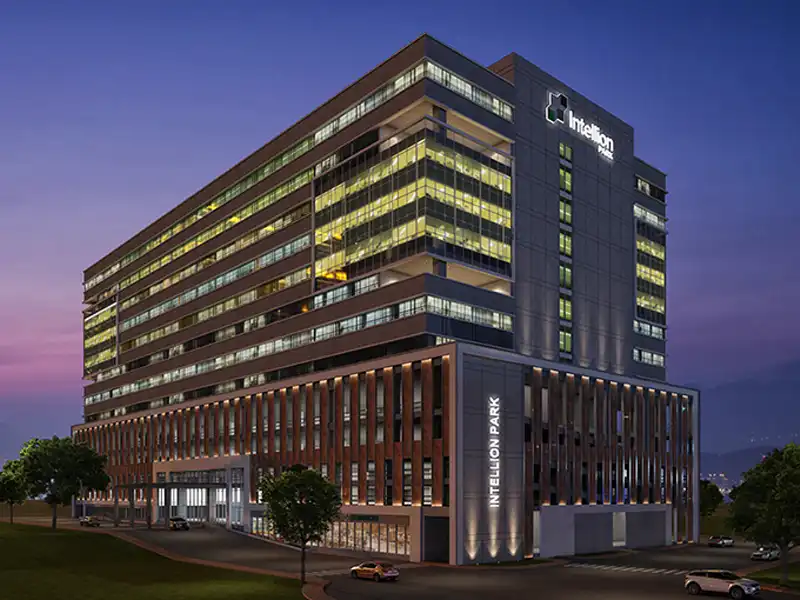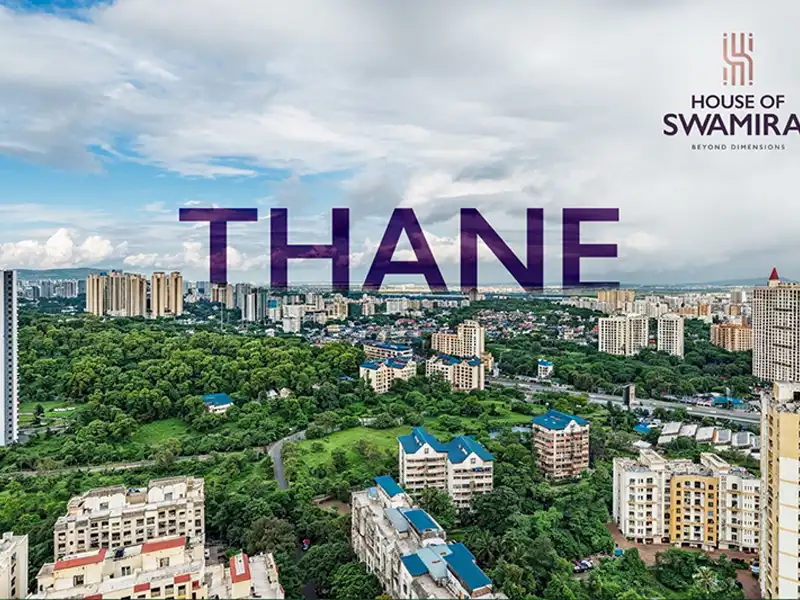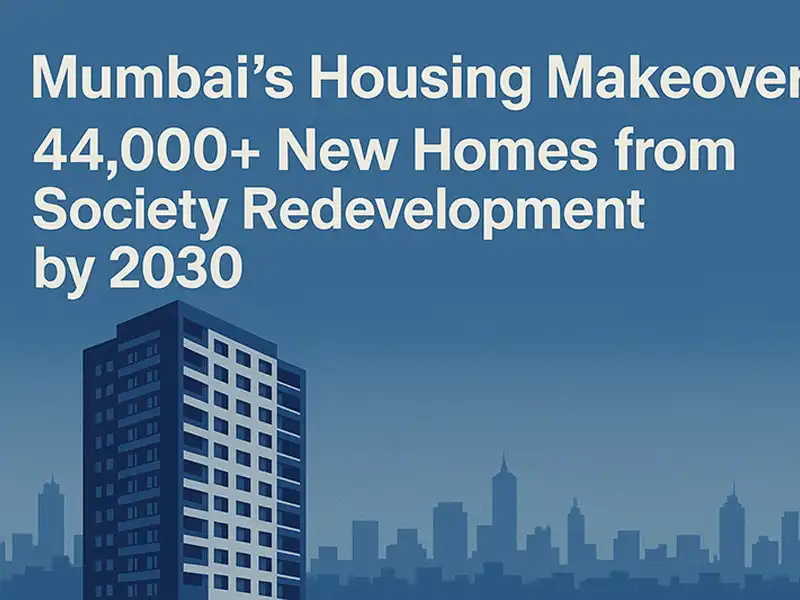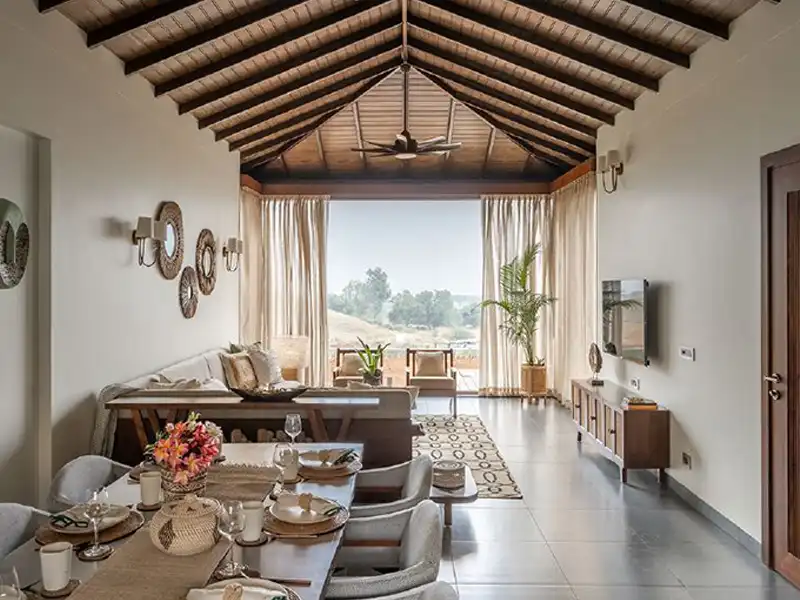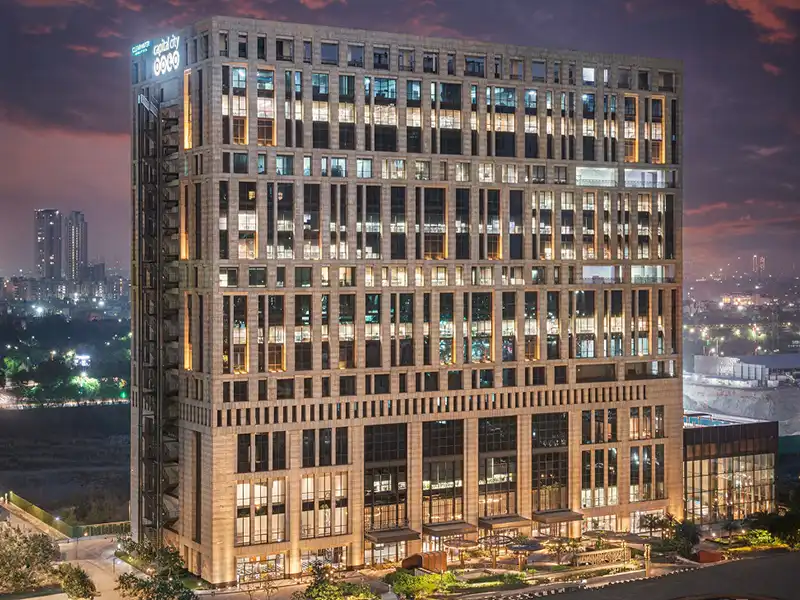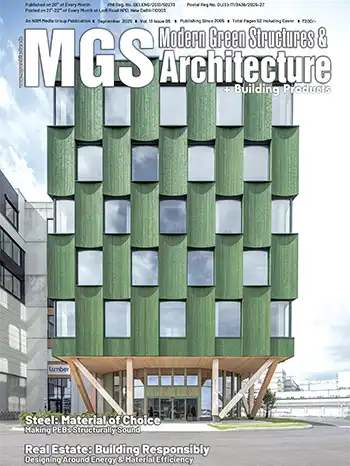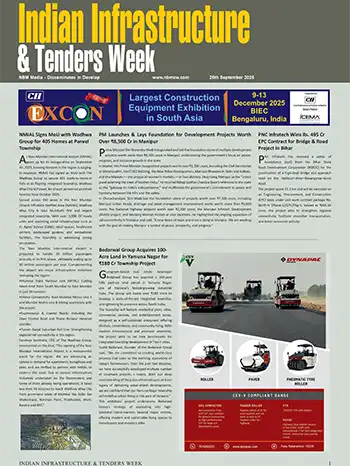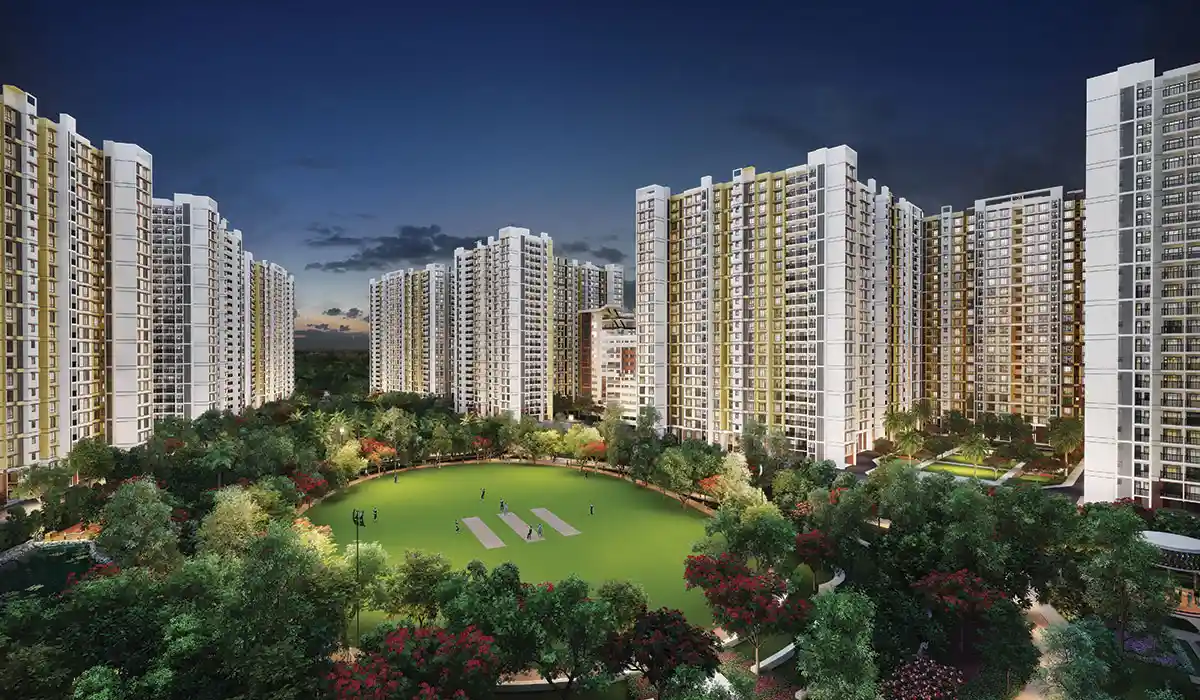 RunwalGardens_Dombivli - Township
RunwalGardens_Dombivli - TownshipGated communities and townships are offering smart solutions to many urban living challenges. They offer homes that can fulfil the need for health emergencies, connectivity during a crisis, and make basic facilities readily available. Post-pandemic, developers and homebuyers are looking for an ecosystem of health, security, amenities, and lifestyle. Gated properties demand a “walk to work lifestyle” with well-connected and well-developed infrastructure like business centres, schools, hospitals, shopping malls etc. all within walking distance. The design of townships with larger open spaces, gardens, sports areas, and facilities to suit the needs of all age groups has become the need.
As per a report by management consulting firm Redseer, it is estimated that demand for gated communities will surge 2.5 times to reach $500 billion. The consumption in India will increase by 2026 and at least 24 million households will be residing in gated communities in India in the next 5 years.


The gated townships offer a complete living experience to the homebuyers, an end-to-end solution for their needs as well as an integrated lifestyle with a self-contained ecosystem and the added advantage of nearby workplaces. This helps in saving time in commuting to offices, with more leisure time for work-life balance. The demand for integrated living saw an unprecedented rise post-Covid. Gated communities and townships are set to transform India’s residential real estate landscape in the years to come.


There are three key elements for the design of the gated community:
Liveable streets are the first and foremost prerequisite of a vibrant, lively, and well-integrated urban form. An attractive urban space brings people out and promotes social interaction. Therefore, a good urban form should be the central theme in the design solution for gated communities. Planning should rely on creating a sense of ‘arriving home’ and creating a program in which public spaces become extended living areas.
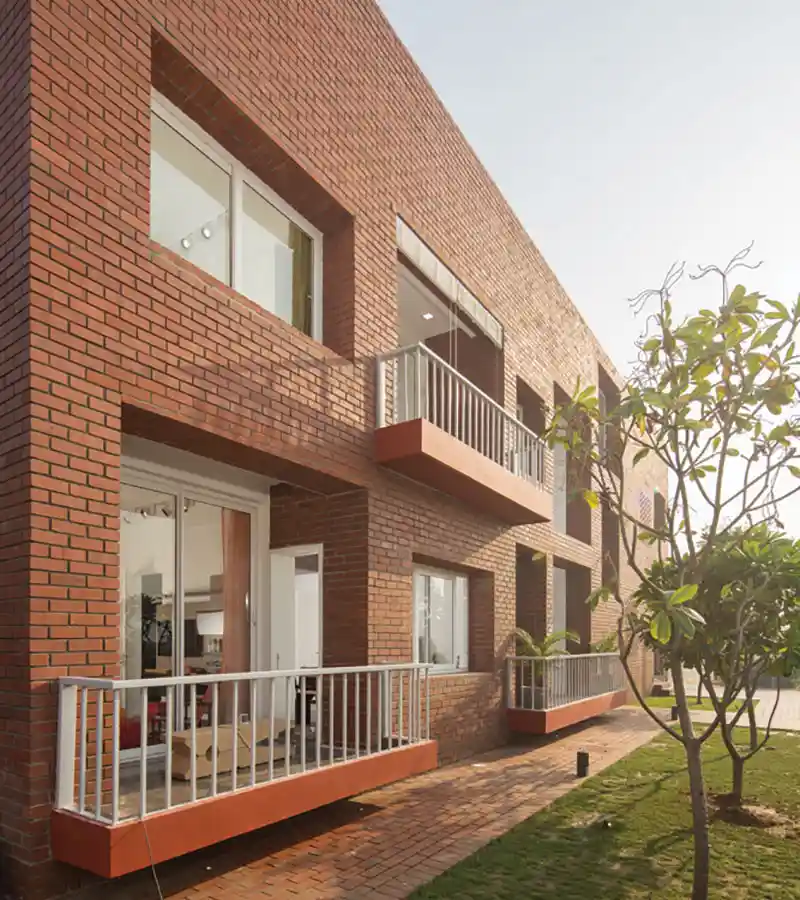 Archome Sample Flat November 2015 © andré j fanthome
Archome Sample Flat November 2015 © andré j fanthomeThe boundary of the community defines its relationship with public spaces around. This could be in the form of walls or fences built for separation, but could be made much friendlier with low height boundary walls, transparent materials like glass, sufficient lighting, pleasant greenery, and so on. Alternatively, it could be made of buildings facing outwards which provide diverse uses and therefore facilitate various activities on the adjacent public spaces. It could also be a natural or constructed space for public use, such as lakes, public parks, squares, etc., which could function as a buffer or could be mutually shared with the neighbors.
Finally, evolving ideas for a sustainable living is critical today. Community living allows a unique opportunity to focus on and implement these strategies, starting from segregating waste to green modes of travel within the community to generation of common sources of energy. As designers today, it is a responsibility that must be shouldered by each one of us.

The amenities offered, ease of living, and the lifestyles of families are more aligned today with gated townships. Apart from ensuring security, such residential properties can provide more community living benefits, play areas, reduced commute time, adequate parking, etc, all while exercising development controls that civic bodies have not been able to apply.
Having worked on integrated townships for both the private and government sectors, I have witnessed a stark contrast in the living experience offered by integrated gated townships today compared to the rest of the city. There is an immense growth potential in Tier-II cities, with gated township developments catering to all segments with lifestyle needs from humble to uber-luxurious, without compromising on the basics.
The opportunity to make an impact by improving the quality of living is a designer’s first and most desirable outcome. The way we work, the way we eat, our family systems and norms have all evolved, and the same percolates into the way we live. Therefore, a lot of innovation is possible. Having the wherewithal to deliver such large-scale developments, I really hope that the next step in the evolution of design, in this case, moves from aspirational design to affirmative design, where we aren’t saying this is who you should be. Instead, we design for who you are.



